WHAT’S IT ALL ABOUT?
By 2040, the Government plans to bring in its ban for sales of new petrol or diesel vehicles, and for all new cars to be ‘emissions free’, under their aim to tackle air pollution. Although this deadline is being pushed to be reached by 2032, there’s still a long way to go before we’re fully functioning on electric-only vehicles.
Ultra-Low Emissions Zone (ULEZ) now applies in London meaning that diesel vehicles, cars of a certain ages and even motorcycles of a certain type and age will no longer be able to drive/ride through the City without a heavy charge of £12.50 a day – plus the daily Congestion Charge on top!
There are already plans to roll out the ULEZ again by October 2021 to include the North and South circular. Germany are already working to meet their deadline of 2030, the USA and China have already clamped down on emissions, with electric bikes and cars already being a common mode of transport. Tesla have been making noise in the electric car department for quite some time now, attempting to get them into the mainstream market with affordable price tags and fast-charging points in all popular locations.
HOW DOES THAT IMPACT MOTORCYCLISTS?
Although motorcycles aren’t necessarily the biggest offenders of emissions, not compared to vans and HGVs, but it could be seen that motorbikes built before the year 2000 could be charged or banned from riding on certain roads. Hybrid machines, which combine electric and petrol, are already making noise on the market; these aren’t set to be included in the sales ban. There are a few hybrid motorcycles on the market currently including the Honda PCX Hybrid… but we’ve got more on these later!

WHY ARE ELECTRIC MOTORCYCLES NEEDED?
BENEFITS OF ELECTRIC MOTORCYCLES
Power charging points across the country becoming more and more accessible, you’ll find them in supermarket carparks, train station car parks and even in petrol station forecourts. Nowadays most electrics will range up to 125 miles – perfect for your daily commute or your Sunday morning jaunt. Taxing your electric motorbike won’t cost you a penny; however right now insuring them isn’t always the cheapest.
This is mainly down to the amount of electric bikes on the roads currently, but when more people start to buy this should be reflected in the overall cost for everyone. You’ll still need to tax, MOT and insure your electric motorcycle, and don’t forget licensing rules still apply too! You’ll still be restricted to a 125cc machine if you’ve only done your CBT (and you’re over the age of 17).
AFFORDABILITY
Most modern electric bikes are fitted rechargeable lithium ion batteries which can be charged by plugging into a wall socket. It takes on average 8 hours for a full recharge, so it can be left to charge overnight and then you’re ready to ride the next morning! Electric bikes work out much more cost-effective after purchase due to removing the cost of fuel. On average, you could be spending in the range of 20 – 50p a day to charge your bike compared to the cost of filling up at the petrol station, which could see you spending £10-15 (depending on tank size).
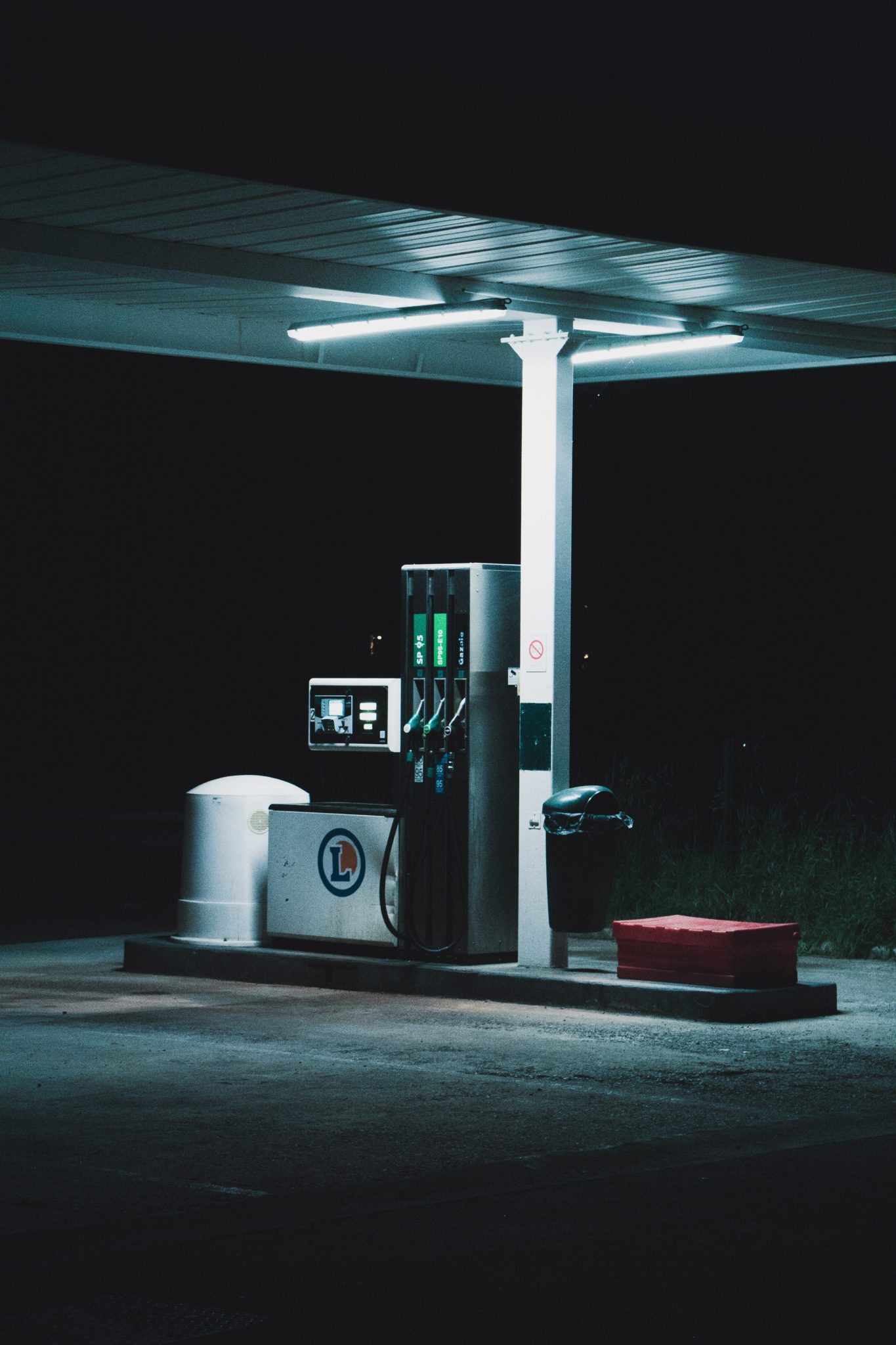
Compared to your average bike, an electric model is pretty easy to maintain, although there is limited knowledge on the market about how trustworthy electric bikes can be (most are still given the standard two/three year manufacturer’s warranty, with five years protection on the battery) but all you need to be concerned with is replaced tyres and brake pads when the time comes! So if you’re not one for tinkering with your bike then this could be a much better alternative.
HOW ULTRA-LOW EMISSIONS ARE IMPACTING MOTORCYCLISTS
Government are currently giving a grant of £1,500 for the purchase of an ultra-low emission motorcycle. One of the big issues that impact motorcycles is noise pollution, this is one way electric motorbikes can overcome this. You can set off on your early morning commute without waking up the neighbours, and also help save the planet one ride at a time! The government have pledged £35 million to help increase the number of ultra-low emission vehicles on the roads, whether it’s a motorcycle or a car, with the aim for all emissions to be gone by 2050. The funding includes:
- £10million dedicated to fund charge points outside workplaces and homes (where there is no off-street parking)
- An initial £3.75million input into the scheme to encourage people to buy electric scooters and motorcycles
- £2million awarded to public and private sector organisations to deploy hydrogen fuel cell vehicles
Motorcycles and mopeds that qualify for the OLEV grants must have no CO2 emissions and be able to travel at least 50kn (31 miles) between charges. The current list includes:
| Askoll eS1 | Energica Ego | Vespa Elettrica |
| Askoll eS2 | Energic Eva | Vmoto 100 |
| Askoll eS3 | NIU M-Series | Vmoto 120 |
| Askoll eSpro 45 | NIU N-Series | Vmoto Super Soco TC |
| Askoll eSpro 70 | Scutum Silence SO2 | Vmoto Super Soco TS1200R |
| BMW C Evolution | Torrot Muvi | Zero Motorcycles |
| Eccity 125 | Torrot Muvi City | – |
| Eccity 125+ | UGBEST e-City | – |
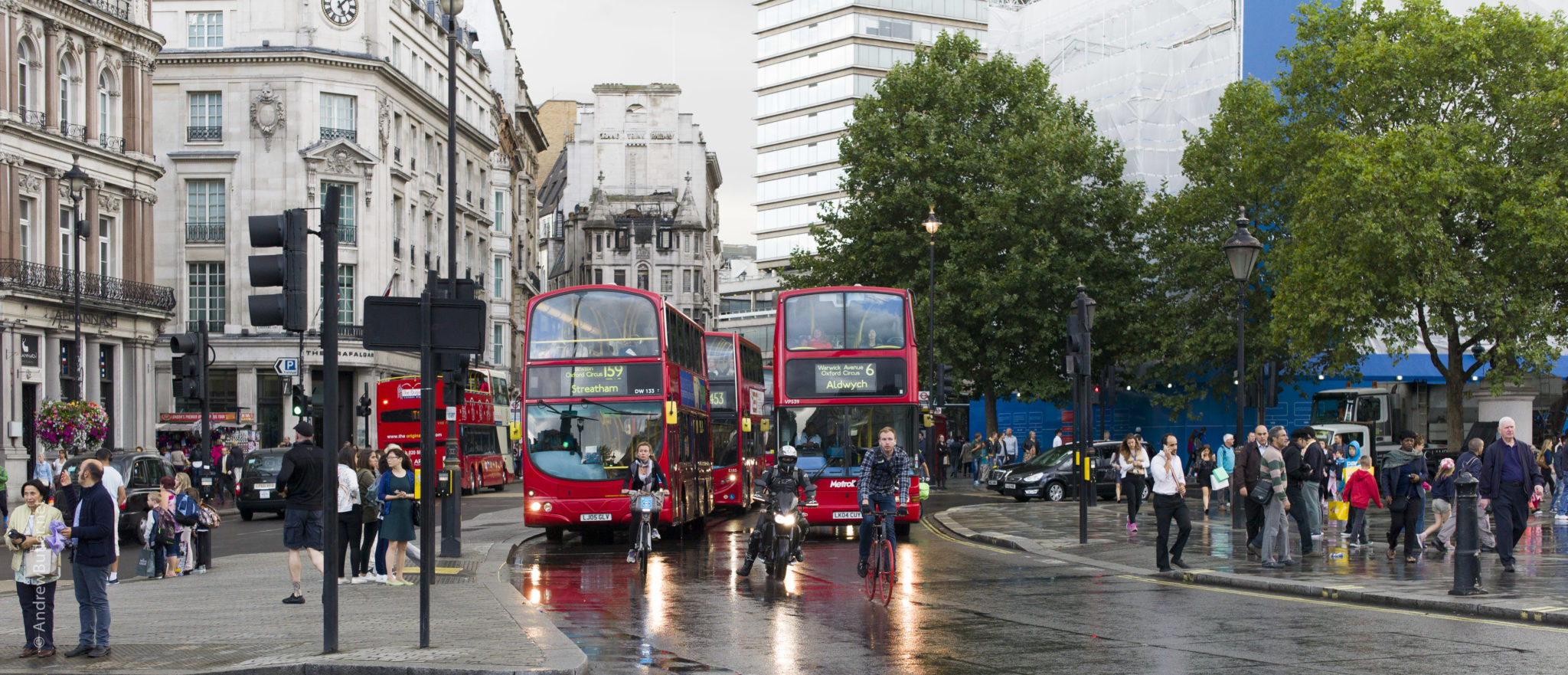
HISTORY OF ELECTRIC MOTORCYCLES
The earliest patent for an electric styled bicycle was back in 1895, which was then developed into what we all know, and love, a fuel-powered motorbike. Although they’ve had a few face lifts, bigger engines and such over the years, motorbikes have become a dominant force in everyday life. However, the idea of an ‘electric’ motorcycles were never really left behind; we might have been distracted by the development of high flying machines, Popular Mechanics released an issue in 1911 featuring an electric motorcycle.
The motorcycle claimed to reach 75 to 100 miles per charge, with a three-speed controlled and hitting speeds up to 35mph. Of course, there were other prototypes over the years including Ransomes, Sims & Jefferies in 1919 with the batteries fitted underneath a sidecar attached a motorcycle. It was completely road legal, however never progressed pass the trial stage.
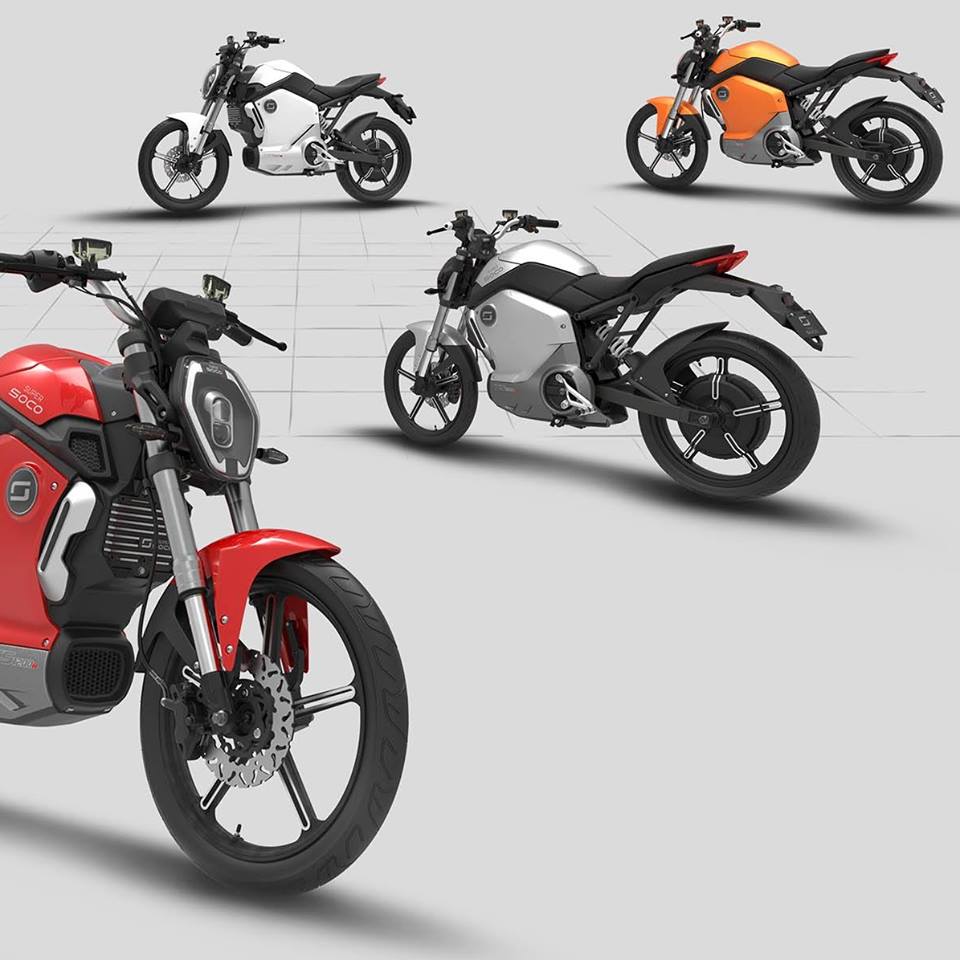
When World War II hit, there was a shortage of fuel so in 1936 the Limelette brothers founded ‘Socovel’, an electric motorcycle company in Brussels. They saw a success and continued to produce machines up until 1948. All over the world, different builders have taken on the challenge of creating a sustainable yet powerful electric motorbike, including Indian Motorcycles in 1967.
We had to wait until 1996 for the first mass-produced electric scooter to hit the market, which was the Peugeot Scoot’Elec; it could range around 40km. Since then, there’s been non-stop investment and dedication to the electric scene. There’s lots of smaller electric manufactures hitting the scene including Zero Motorcycles, Victory Motorcycles, Energica Motor Company and many more.
WHICH ARE THE BEST ELECTRIC MOTORBIKES?
ZERO
Formed in 2006, originally known as Electricross, the American manufacturer solely focuses on building 100% electric powered motorcycles. Four years of designing, testing and fine-tuning, Zero began shipping their Zero S model in 2010. Almost 10 years later and Zero have released a new model or an update to their current collection every year, continuously trying to improve the standard of electric motorbikes.
They’ve also seen great success in the racing world including wins at the Pikes Peak International Hill Climb, as well as attempting to set a Bonneville Land Speed Record and hosting their own 24 hour endurance race, called ‘the 24 Hours of Electricross’.
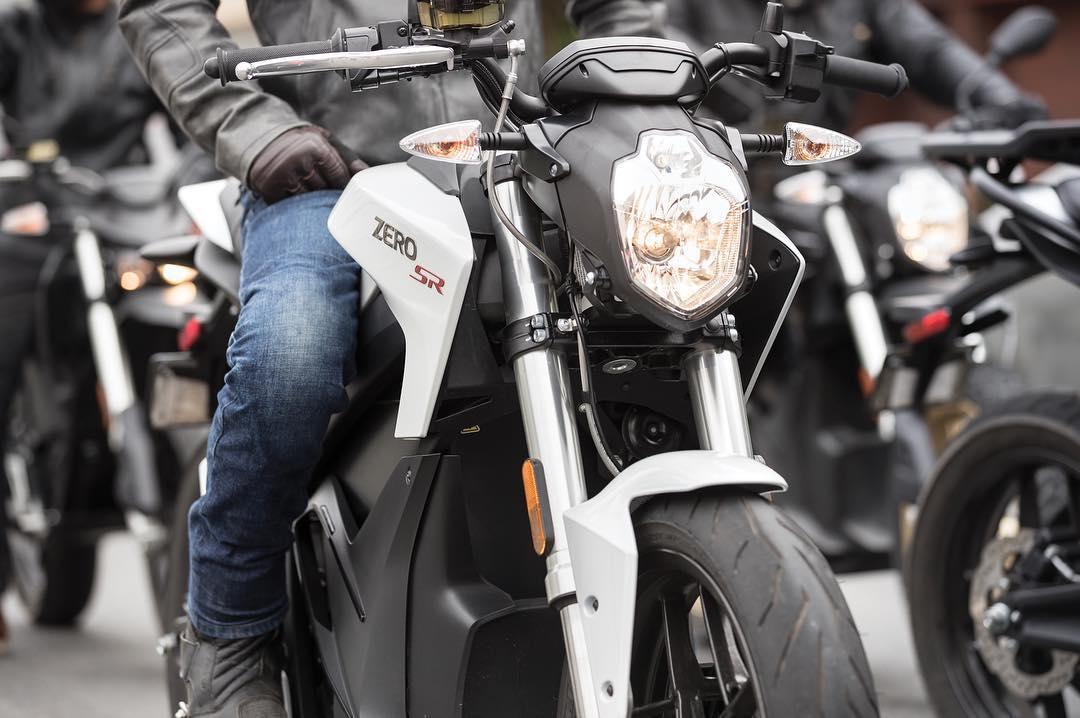
ENERGICA
Energica have been at the heart of creating electric motorcycles for quite some time now, using state of the art technology to create the perfect ride. The highly anticipated Energica Eva has certainly turned a few heads, making it the first 100% electric streetfighter. Not only does it look the part, it also feels the part too. Eva outputs 107kW of instant power and a torque of 200Nm; that basically means it has a range up to 125 miles and hit highs of 125mph (in Sports mode).
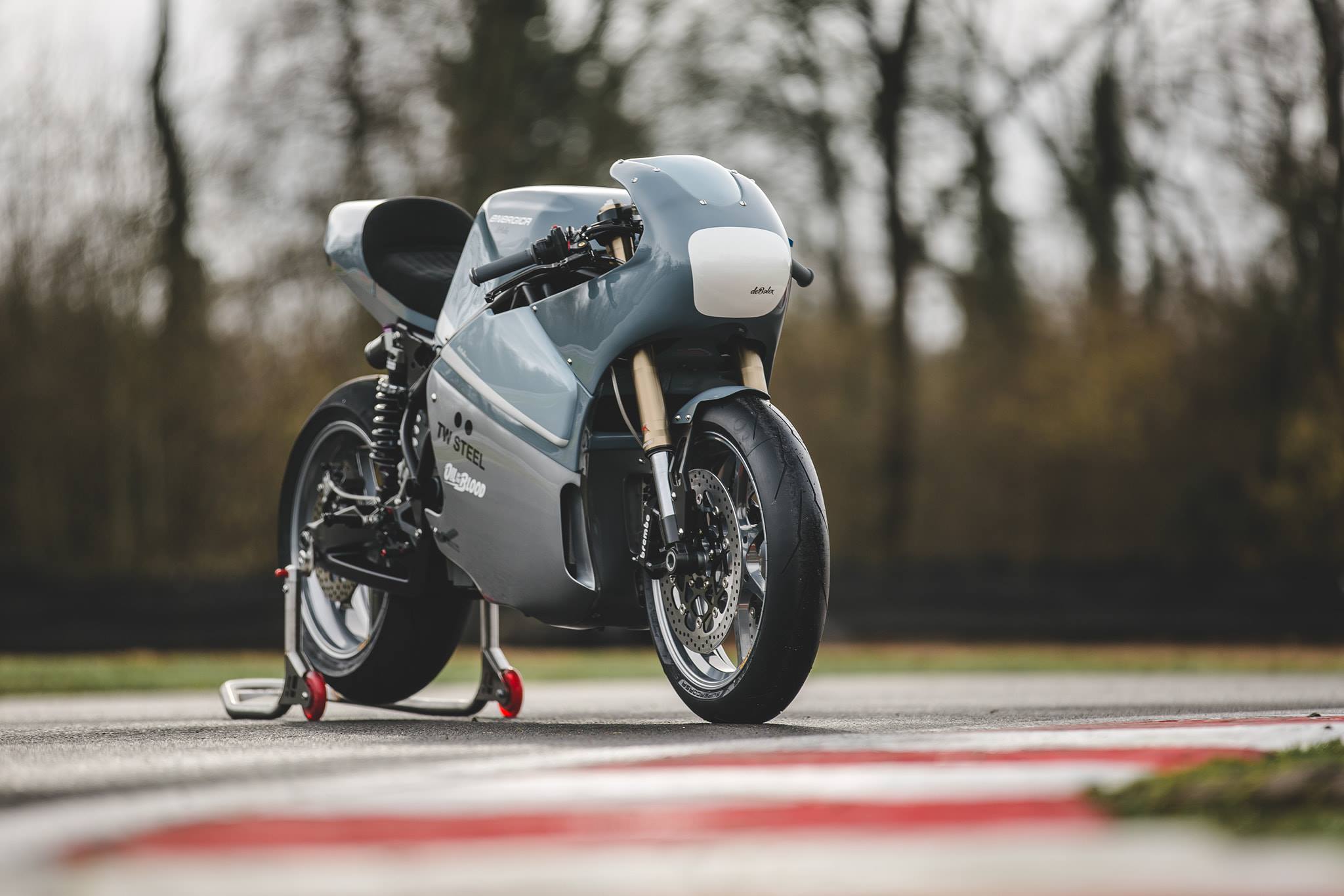
FEATURING OIL IN THE BLOOD
The recent release of Oil in the Blood, a feature length documentary about the people of motorcycling, focussed heavily on the future of motorcycling and, most importantly, electric bikes. It’s knowledge to all in the industry that the electric powered two-wheelers will soon become the norm, but there’s a long way to go to make them desirable machines.
In collaboration with the launch of the film, deBolex engineering along with Energica, designed and built the first ever custom electric motorcycle. It’s already become a big talking point in the industry, showing that electrics can be cool, stylish and still have fun – because that’s what it’s all about!
SUPER SOCO
Who said café racers can’t go electric? Super Soco are the latest on the market to launch their electric collection, the perfect urban commuter. Super Soco have put a lot of energy into creating a good-looking bike that’s affordable, and you can still keep your street cred!
The TC, café racer model boasts a top speed of 28mph with a range of 30+ miles, which is perfect if you’re using it for your daily commute. It’s also fitted with an LCD screen, keyless start and a motion-activated alarm and active theft prevention. With a price tag of just under £3,000, Super Soco is paving the way for electric motorbikes.
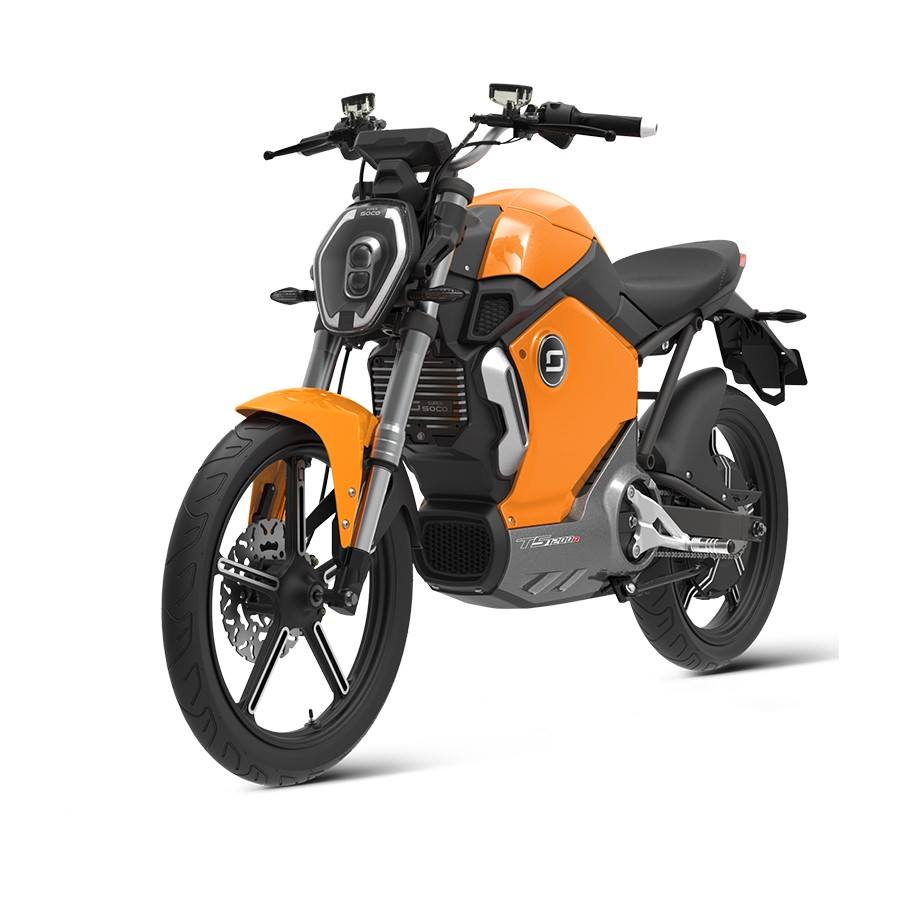
NIU
NIU scooters may have only been around since 2009, but they’re already becoming a dominant force in the electric field. They’re driven to provide the best performing bike, with everything that’s needed for a great commuting scooter, at a reasonable price.
In the last 10 years, NIU have released five different models including the popular M Series. Although their machines might look slightly futuristic, they’ve got everything you need with a lithium-ion battery giving 51-65km range in just a 8.3kg battery pack! Or you could opt for the big brother, N series which offers a bit more bang for its buck with upwards of 70km riding time.
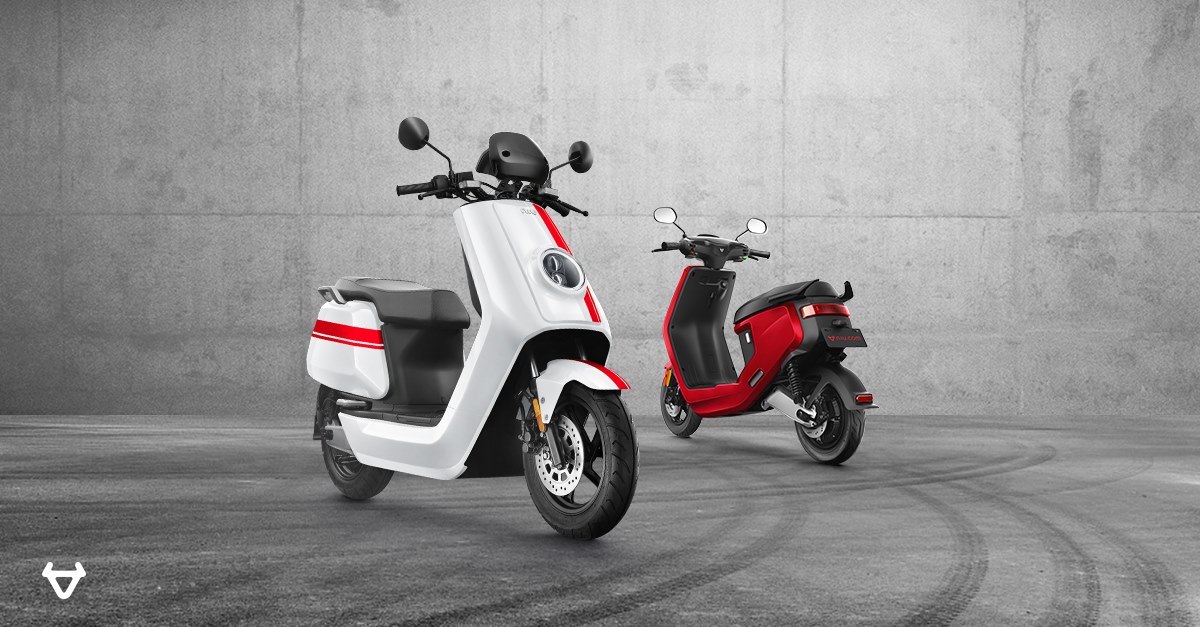
Harley-Davidson are known for big bikes with loud pipes, so it caused a stir in the motorcycling world when they announced that they were venturing into creating their very own electric model. Harley’s don’t usually shy away from powerful engines; they’re iconic for the heavyweight, cruiser motorcycles with engine power upwards of 700cc – not something any manufacturer has been able to replicate on an electric model yet!
The Livewire was announced in 2014, but it’s taken five years to finally produce and release the machine. Anticipated release date is the end of the year, however there’s still a lot left to be revealed about the machine.
So far, the information we know about the Livewire is pretty impressive; Harley boasts 0-60mph in just 3.5 seconds and a range of 110 miles (bigger than most of the other electrics on the market!). In terms of charging time, Harley state that you can reach 80% in 40 minutes on a fast charge.
There’s no appearance of a clutch and gearbox here, but instead the twist and go option – not something commonly seen on a Harley. Most impressive about this machine is the technology that supports it, Harley-Davidson partnered with Panasonic for this futuristic bike. It’s completely kitted out with the latest mod-cons including a touch screen dash that’s paired with your phone through the Harley Connect App.
KYMCO
Kymco are known to supply motorcycles, scooter and ATVs around the world, the Taiwanese company was founded after splitting from Honda in 1963, which they originally made parts for. By the early 2000s Kymco became the biggest scooter manufacturer in Taiwan, and the fifth largest worldwide. Kymco’s parts are iconic and saying that BMW chose them to supply engines for the G450X range.
Following that, Kawasaki launched the J300 scooter in partnership with Kymco. Kymco are now bringing supersport bikes into the electric era – it’s what most bikers fear most, losing the power and the sound to electric however we all know what the future holds. Kymco have spent time perfecting their latest model, SuperNEX, so you still feel like you’re riding a sportsbike but powered by electric instead.
With the new model you can still shift through the 6-speed transmission meaning you can reach speeds of 100kmh in 2.9 seconds, and even faster than that if you dare!
KTM are doing their bit to take the world of motocross and endurance motorbikes and make them electric! Some wondered if this was possible, especially with the demands of a motocross bike but they’ve only gone and done it! The Freeride E-XC now runs for, on average, 1.5 hours with an impressive performance throughout with three different performance options; Cross, Enduro and Economy.
The battery is made by Sony with 25bhp and 18kW. You’re looking at around 75 minutes for 80% charge and 105 minutes for full, 100% charge. KTM have incorporated a recharging system that now allows power back into the battery when freewheeling downhill.
BMW launched their C Evolution model recently, and it’s one of the first bigger manufacturers to do so. BMW already have their electric and hybrid cars so it made sense for them to delve into the world of motorcycles next. The electric maxi scooter is designed to be for the commuter, but you can still reach a top speed of 120kmh (which is pretty impressive!).
Unlike most of the other bikes on the market, BMW has a range up to 106km so you won’t have to worry about charging as frequently. With four different riding modes available; Road, Eco Pro, Dynamic and Sail, you’ve got plenty of choice on how you want to ride.
CAN MOTORCYCLE RACING GO ELECTRIC?
TT Zero
It has been 10 years now since the launch of the TT zero race, previously known as TTXGP. Back in 2009, the event was endorsed by the FIM (Federation Internationale de Motocyclism) and had 13 teams taking part. Although the TT Zero race still leaves a lot to be desired, there have been impressive improvements over the years with competition really starting to heat up now.
Winners include Mark Millar (1) Michael Rutter (4), John McGuinness (2) and Bruce Anstey (2). In 2018, the electric race was officially started by HRH Prince William with Michael Rutter claiming his fourth title.
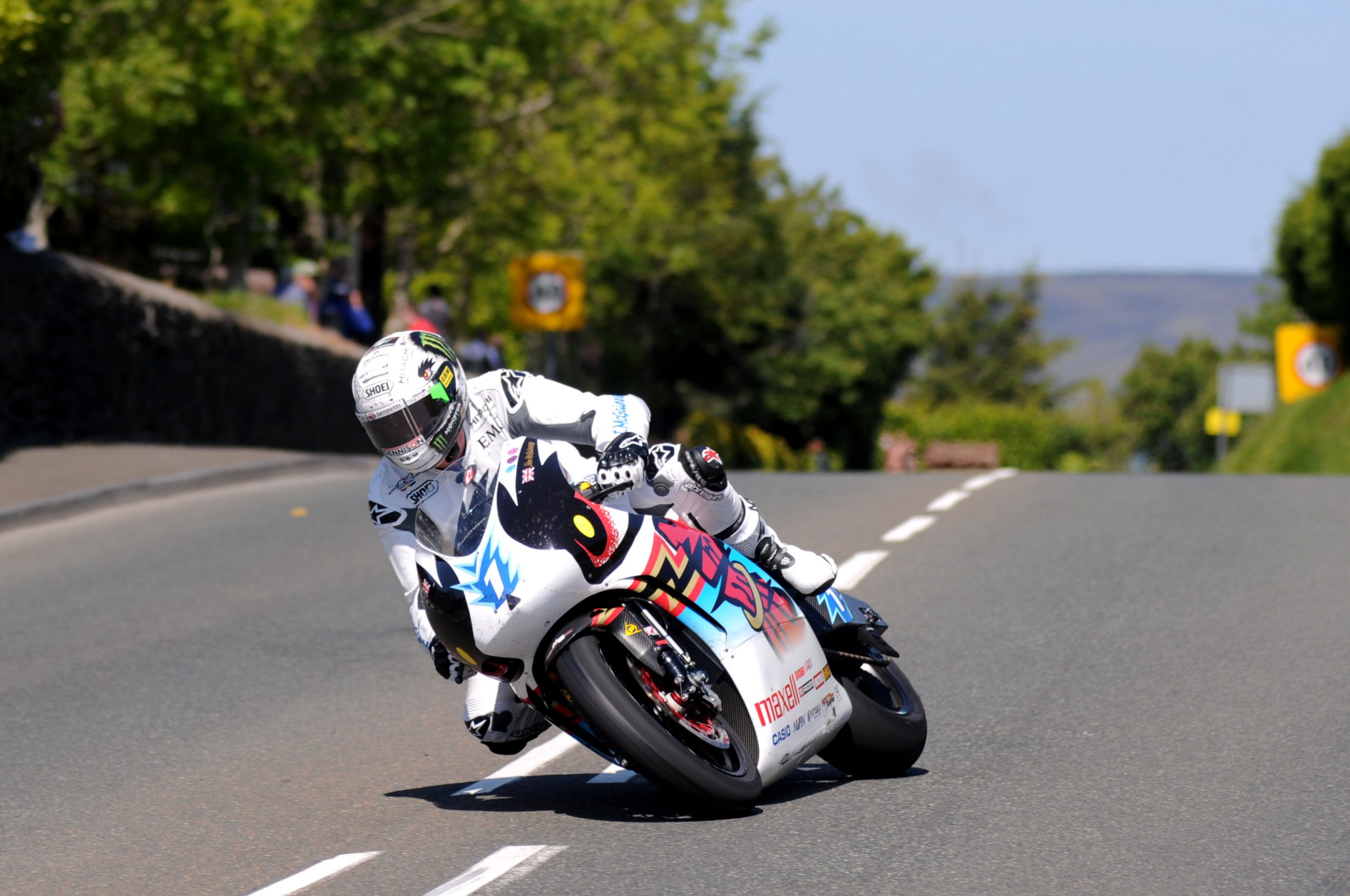
MotoE
Officially launched in 2019, with seven different MotoGP teams running in this series, they will all be using the Engerica Ego Corsa machine, all identical apart from some minor parts which can be tweaked for the rider’s preference. Spec includes:
- 20 Kwh battery capacity
- Power up to 120Kw (160 hp)
- Top speeds of 270km/h
- Brembo brakes, as standard
- Ohlins suspension, as standard
- Marchesini wheels, as standard
Races will last approximately 15 minutes, with FP 1&2 and qualifying sessions over the weekend, just like all the other GP races at only five of the European races this year. Bradley Smith is flying the flag for the Brits, along with Maria Herrera as the only woman rider.
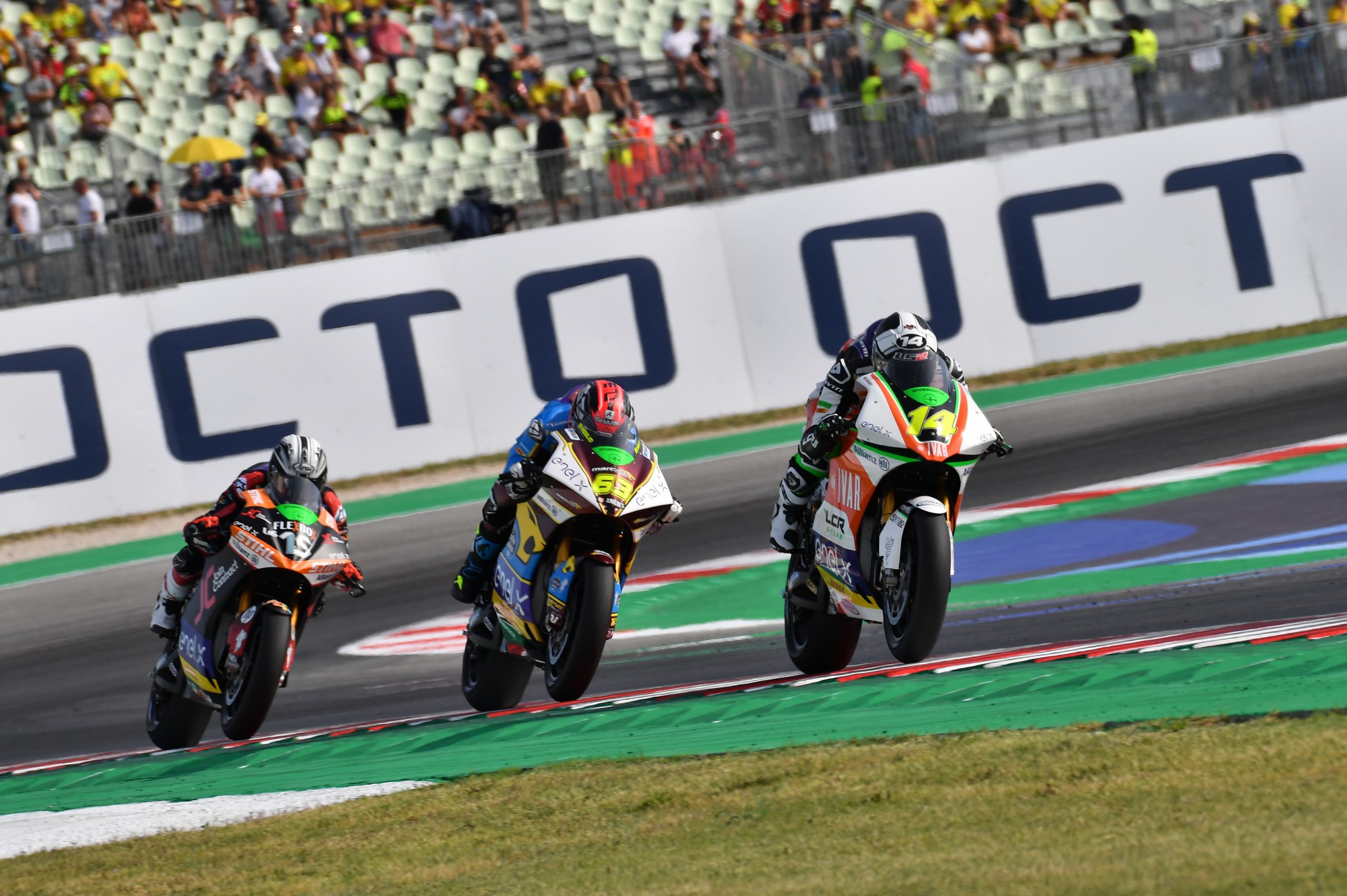
Pikes Peak International Hill Climb
One of the most iconic hill climbs in the world, and the second older motorsport race in America. Pikes Peak is all about motorcycles, cars and other vehicles racing up a 12.42 mile course and climbing from 9,390 ft to 14,110 ft at the edge of the Pikes Peak summit.
As you can imagine, with the air thinning throughout the climb, it’s a challenge for most vehicles to make it to the end, however electric motorcycles have overcome that. 2013 saw the Lightning Motorcycle Superbike set the fastest overall time, beating all the fuel powered machines, in just over 10 minutes, ridden by Carlin Dunne.